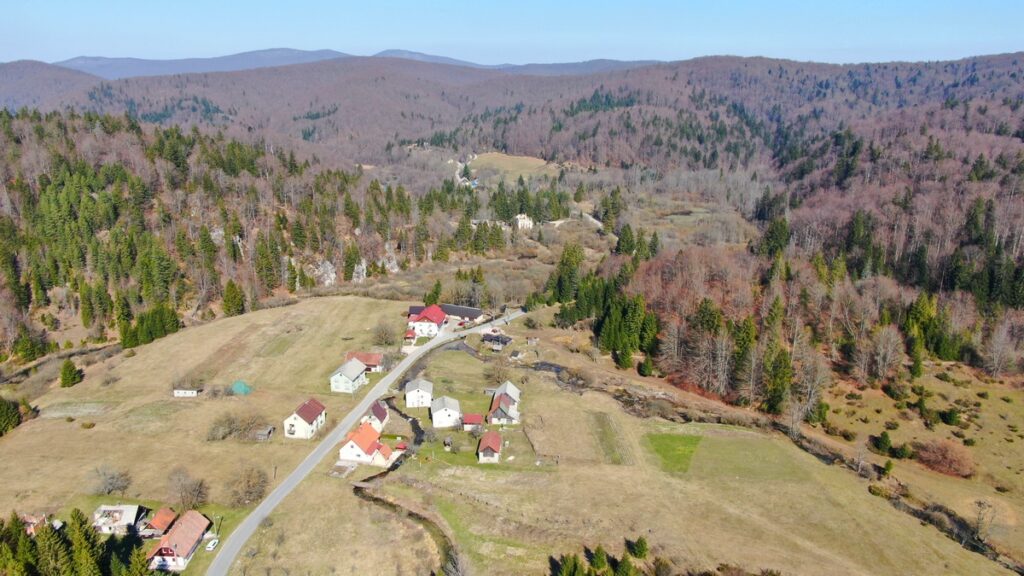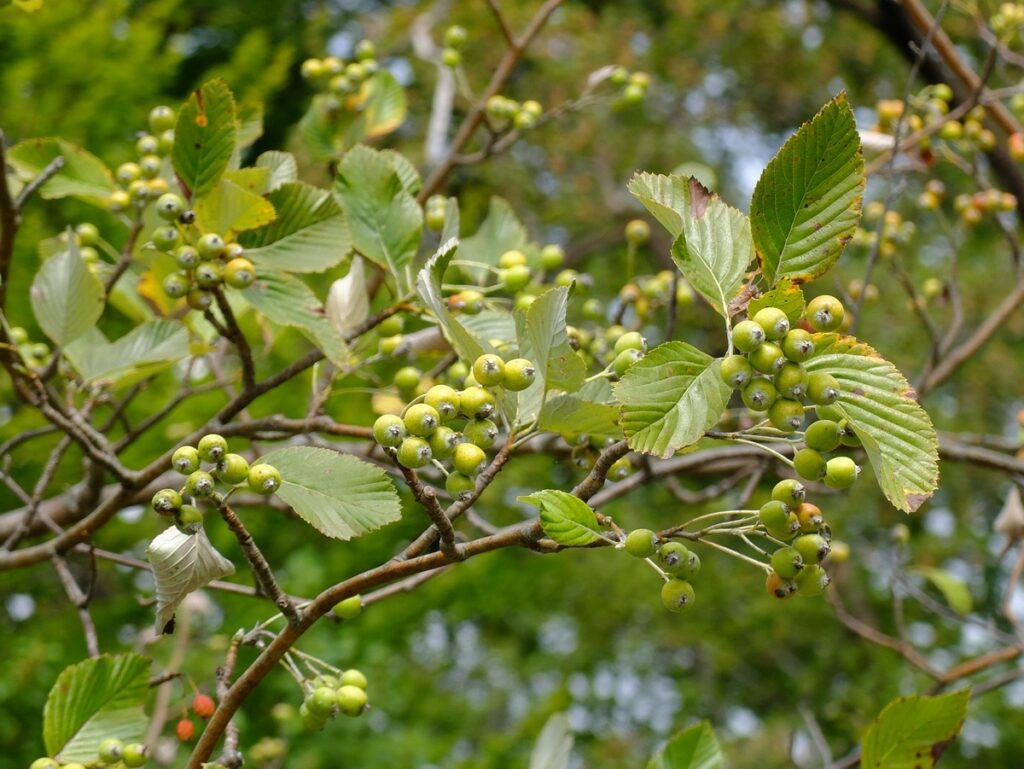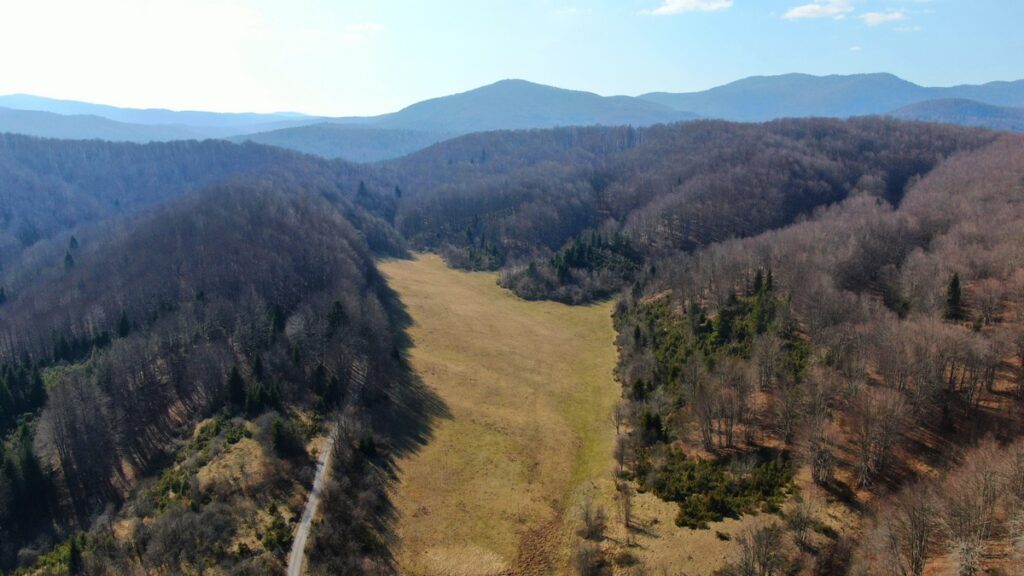It is interesting to look at the names of settlements and toponyms in the Plitvice Lakes area and see how they got their names or how they were previously called. The names of the lakes have already been discussed multiple times, which is why we will not mention them here.
The name Plitvice comes from the adjective shallow in the sense of a low water level or a low level of water in a riverbed. Old records also mention the name Plitkica for the Plitvica stream, which eventually turned into Plitvica probably as it was easier to pronounce. The name Plitvice is mentioned for the first time in 1558, in a decision by the Croatian Parliament in Steničnjak, in which Count Tržački was asked to post 3 guards to Plitvice (Prythwycze).
The settlement Plitvica Selo, through which the Plitvica stream runs, was once called Osredak, the same as Lake Gavanovac. The whole area was located in the middle between water and the forest, which is how it got its name (“Osredak” after sredina meaning “middle”).
Plitvički Ljeskovac got its present name only in 1870, and was previously called Stupa (“fulling mill” in Croatian) because of the several fulling mills for production of woollen cloth located there. The name Ljeskovac probably derives from the large amount of hazel trees in the area, or from the stream Ljeskovac. According to one legend, there was a large hazel tree forest in the area, which had to be cut down for settlement purposes, and a certain Ninko Končar didn’t turn up to complete this job, and was, as a result, punished with 70 blows with a hazel tree stick.

The settlements Gornji Babin Potok and Donji Babin Potok got their names after the Babin potok stream running through them. It is a slow and weak stream that stops to rest every once in a while, which is why the locals called it Babin potok or “The Old Woman’s Stream”.
According to one story, Rastovača got its name after oak trees (hrast in Croatian) that were once plentiful in the area, and according to another story, it got its name because it was the location where goods were unloaded (rastovar in Croatian) at the border between Austria-Hungary and the Ottoman Empire.
Velika Poljana was named after a wide meadow that could once be found here, and there were almost no trees in the area.
The settlement Mukinje got its name after the tree whitebeam.

The settlement Jezerce was once called Crno Jezerce, and it got its name after a lake that was once located under the hill Bilo, that has since dried up.
Prijeboj was once also known as Priboj.
Vrelo Koreničko was named after the spring Vrelo located in the settlement, close to the settlement Korenica.
Mirić Štropina got its name after the family Mirić, who moved here and cleared the forest. The name “štropina” derives from the sound that wood makes when it falls down and breaks along the tree.

Brezovačko polje got its name after birch trees that were once more numerous than now.
The highest peak of the National Park, Seliški vrh, was named after the settlement Selište (Borić Selište) at its foot.
Cigelj, a peak in Čorkova uvala, was name after the word “target” (cilj in Croatian) from a time when measurements were being carried out, and a target was placed here for orientation.
Many settlements and locations got their names after names of families that once lived there: Drakulić – Drakulić rijeka, Čorak – Čorkova uvala, Rodić – Rodić Poljana, Biga – Bigina Poljana, Čudić – Čudin klanac, Šijan – Šijanov klanac, Končar – Končarev kraj, Sertić – Sertić Poljana.
Read other interesting stories from the Plitvice Lakes National Park

